The guy who almost killed me was named Khai.
At least that was the part I could read before the S-2 Scouts policed up the bundle of papers I found in his rucksack. We met — stumbled into each other is a better description — along a soggy triple-canopy jungle trail on a dreary afternoon when the winter monsoons were beginning to saturate South Vietnam. Our meeting was somewhat less than cordial. Khai threw a jungle workshop grenade at me that failed. I fired three rounds in his direction that did not.
It was one of only a few encounters with enemy forces during Operation Osceola in the fall of 1967 when the 2nd Battalion, 1st Marines was ordered to penetrate the triple canopy jungle of the Hai Lang Forest preserve south of Quang Tri in northern I Corps. We were searching for elusive elements of the 808th VC Main Force Battalion that had been lobbing rockets and heavy mortars at the Quang Tri combat base. Apparently, the NVA and VC were as miserable as we were and didn’t want to come out and play in the soaking rains that rotted boots and wrinkled skin until we all looked like a line of prunes on parade.
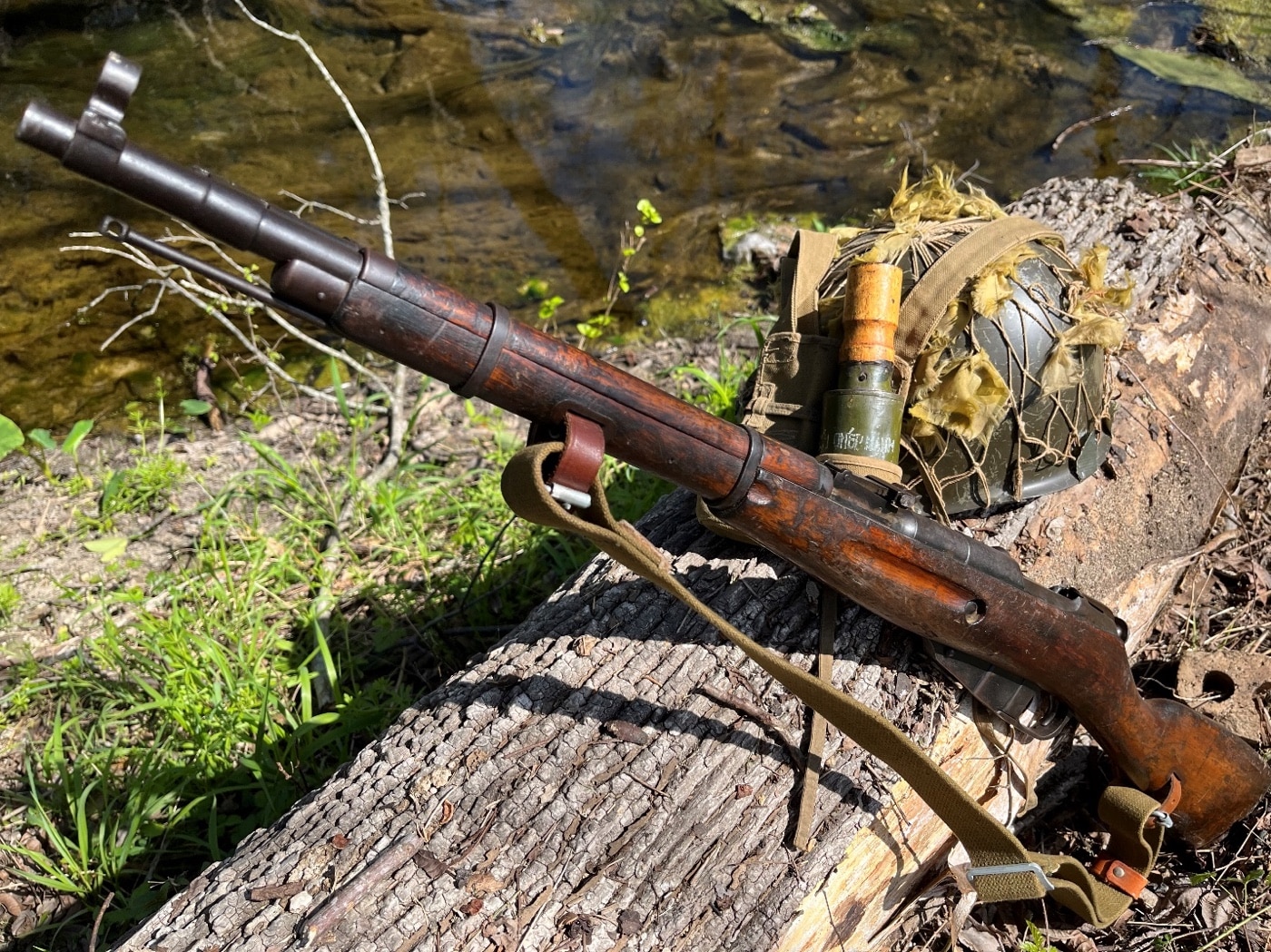
But there’s always that one guy that decides what the hell, he’ll take a shot. Or maybe Khai was some kind of runner or scout tracking us through the downpour. Whatever his reasons for being out there all alone in those miserable conditions, he was full of fight and that made me curious. Waiting as ordered for the S-2 people to arrive, I went through Khai’s sodden combat gear. In a little two-pocket grenade pouch, he had another of the homemade frag grenades. I could see the wax seal between the wooden handle and the tin-can body was cracked and that likely explained why the one he threw in my direction failed to detonate.
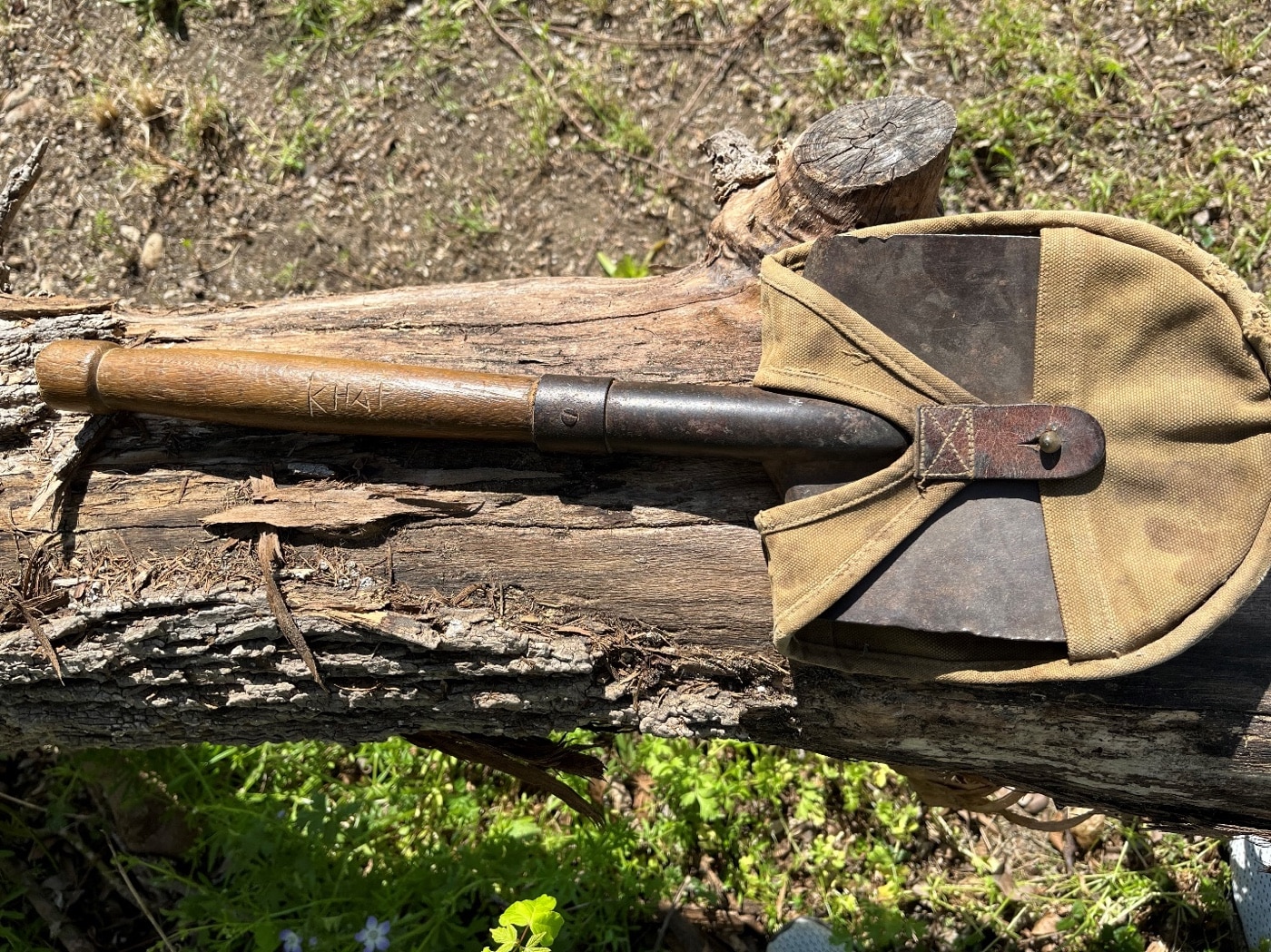
He had other bits and pieces of well-used Chinese-style web gear including a little round oiler/solvent bottle with Chinese markings and an entrenching tool on which he’d etched KHAI. That matched the name on some letters he had wrapped in plastic in his pack. An ARVN trooper with the S-2 Scouts said it was likely his name but also said it could be Vietnamese for “victorious warrior.” Not so much, I guessed looking down at the skinny little man with three bullet holes in his torso.
Hard-Earned
As the survivor of the close encounter with Khai, I was entitled to claim his weapon that I was lucky he did not try to use. Nobody else seemed to want it and I wasn’t so sure about humping the extra weight. It was a bolt-action rifle and probably something I could claim and bring back to the States…assuming I survived that long…but certainly no great prize in the war souvenir-claiming race. Regs strictly forbade leaving country with one of the ubiquitous AK-47s, so what most of us coveted was a semi-auto SKS carbine or one of the Tokarev or Makarov pistols that we occasionally encountered.
[Be sure to read Dr. Will Dabb’s article on the Chinese Type 56 when you are done with this one.]
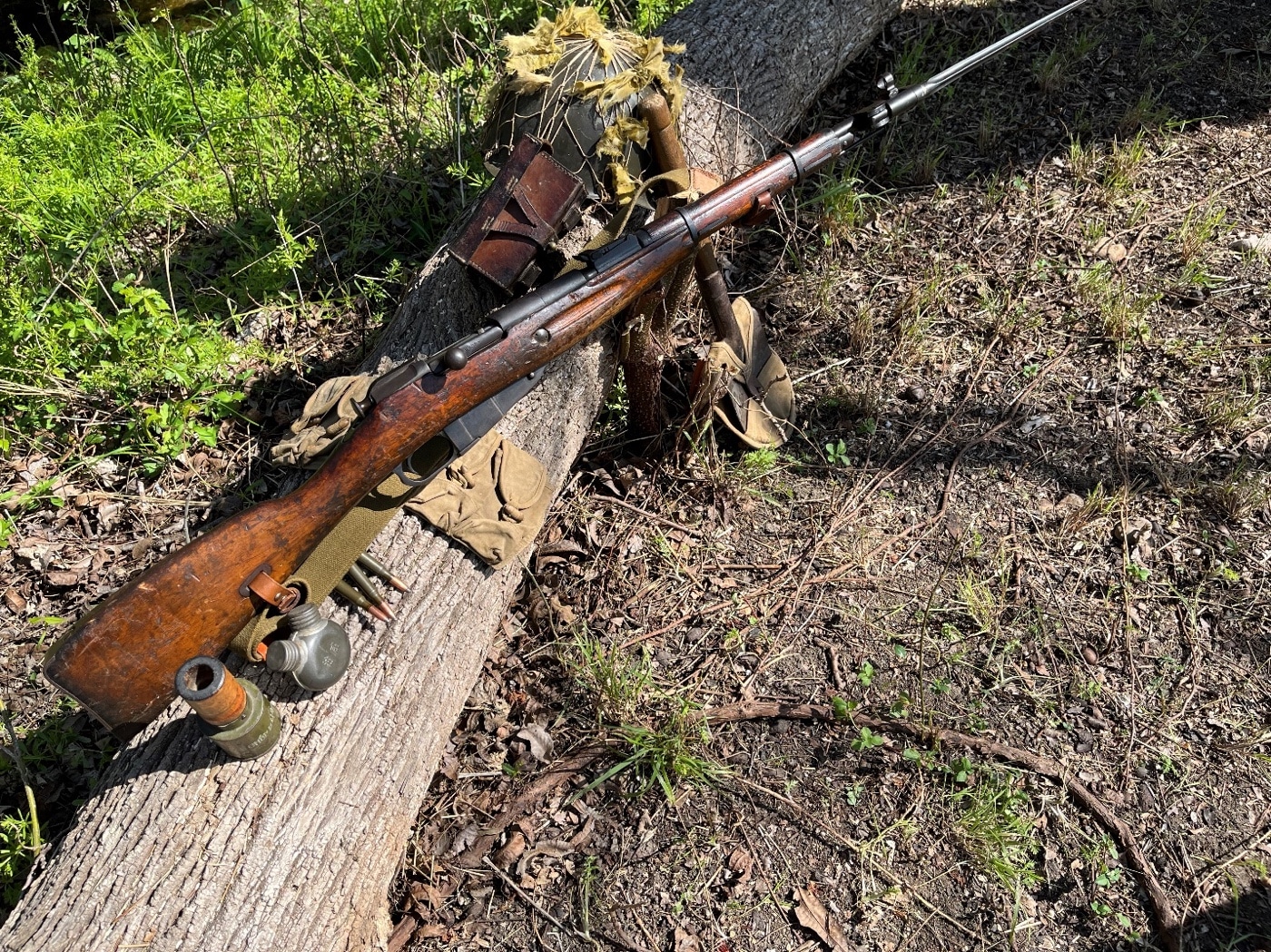
War story cred was reduced when you showed off a dinky Chinese Type 53 bolt action rifle, despite the wicked-looking cruciform folding bayonet. What the hell, I thought as I unloaded the rifle and strapped it to my pack. Maybe some souvenir-hungry dude in the rear would buy it from me. I’m glad I never sold it.
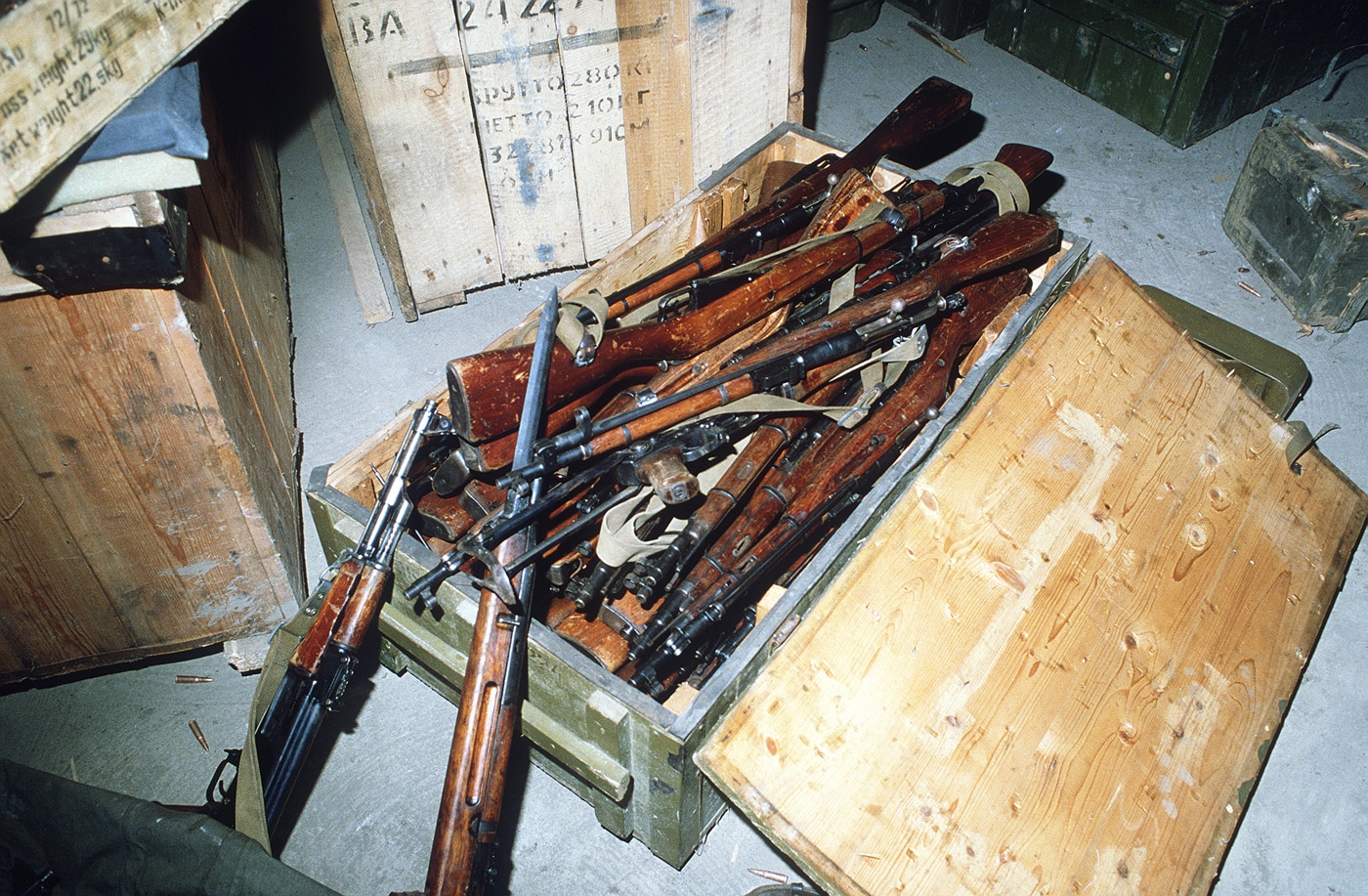
Years later digging through some of my salvaged wartime gear, I found Khai’s rifle in a footlocker. That tripped my intellectual trigger and I began to do some research. Hard to believe given the tricked-out, space-age, plastic and polymer shoulder weapons that dominate battlefields today, Khai’s rifle is a still-viable descendent of a basic design that stretches back in ordnance history some 130 years. And you can still encounter variants of the basic Mosin-Nagant design blasting away in one direction or another to this day.
The Source
Credit Russian Imperial Army General Sergei Mosin and Belgian engineer Leon Nagan and their brilliant, simple, reliable design for that. It’s a classic example of what ain’t broke doesn’t need fixing. So Khai’s rifle is a late-production descendant of a Russian design. It was manufactured in China in the 1960s at the Jianshe Arsenal No. 26, also known as State Factory 296, located in southwest China near the confluence of the Yangtze and Jialing Rivers. That’s affirmed by the marking on the chamber-end of the barrel. Virtually all the Chinese-produced Type 53’s bearing that mark were shipped to Vietnam so that computes.
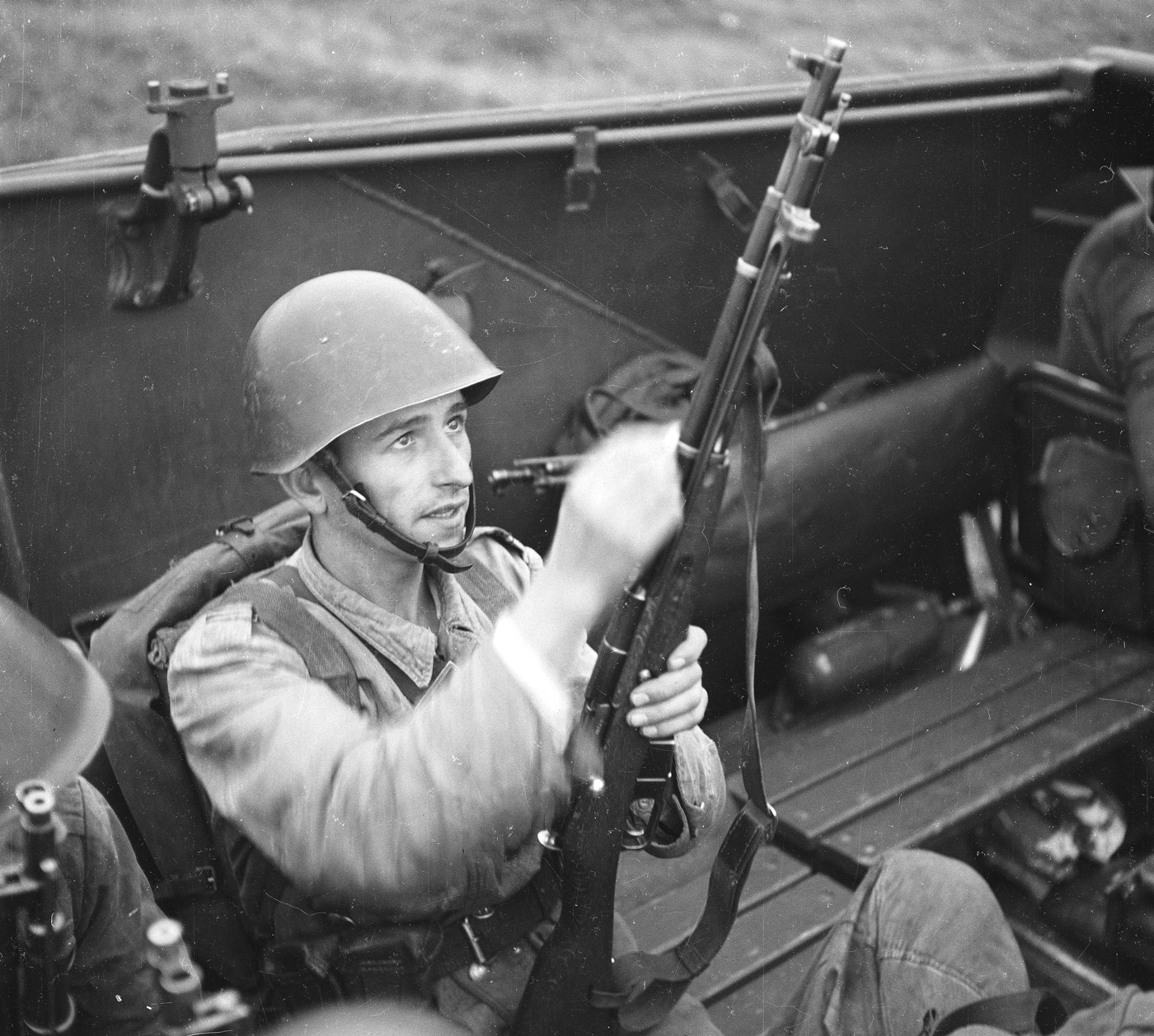
It fires the standard 7.62×54 Rimmed cartridge from a five-round internal magazine. I’ve still got the leather pouch and a section of the webbing ammo belt that he used to carry that ammo. The weapon weighs in at just under nine pounds with a distinctive forward balance due to the folding bayonet.
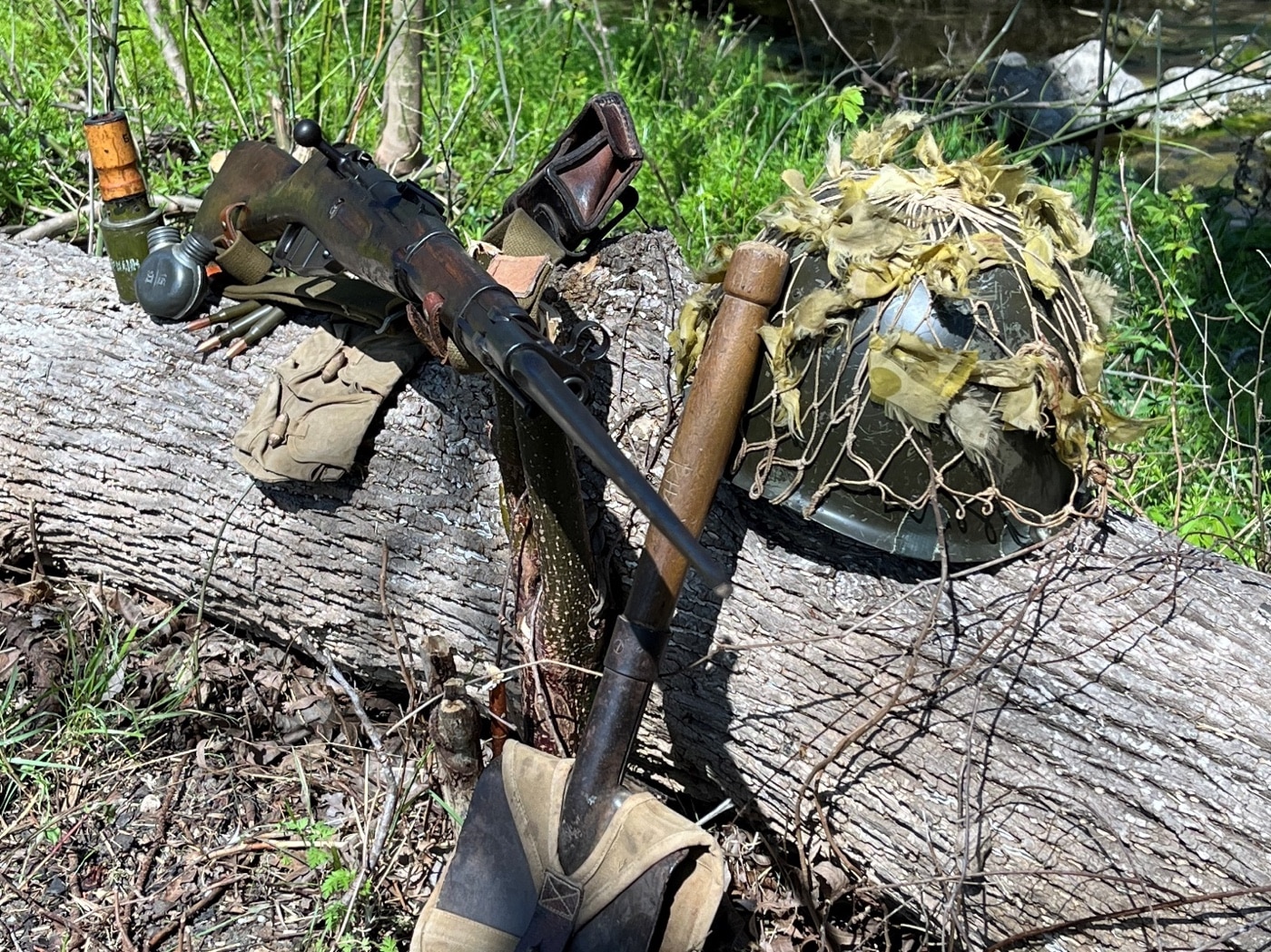
The markings and numbers on the carbine all match in serial and location on the Type 53 I brought home from Vietnam. Khai received weapon number A8767 which is marked on stock, barrel and magazine floorplate. The stock is wood, likely beech, and was originally laminated to protect against foul weather. Most of that lamination is long since eroded, but the stock is still sturdy and feels comfortable in the shoulder.
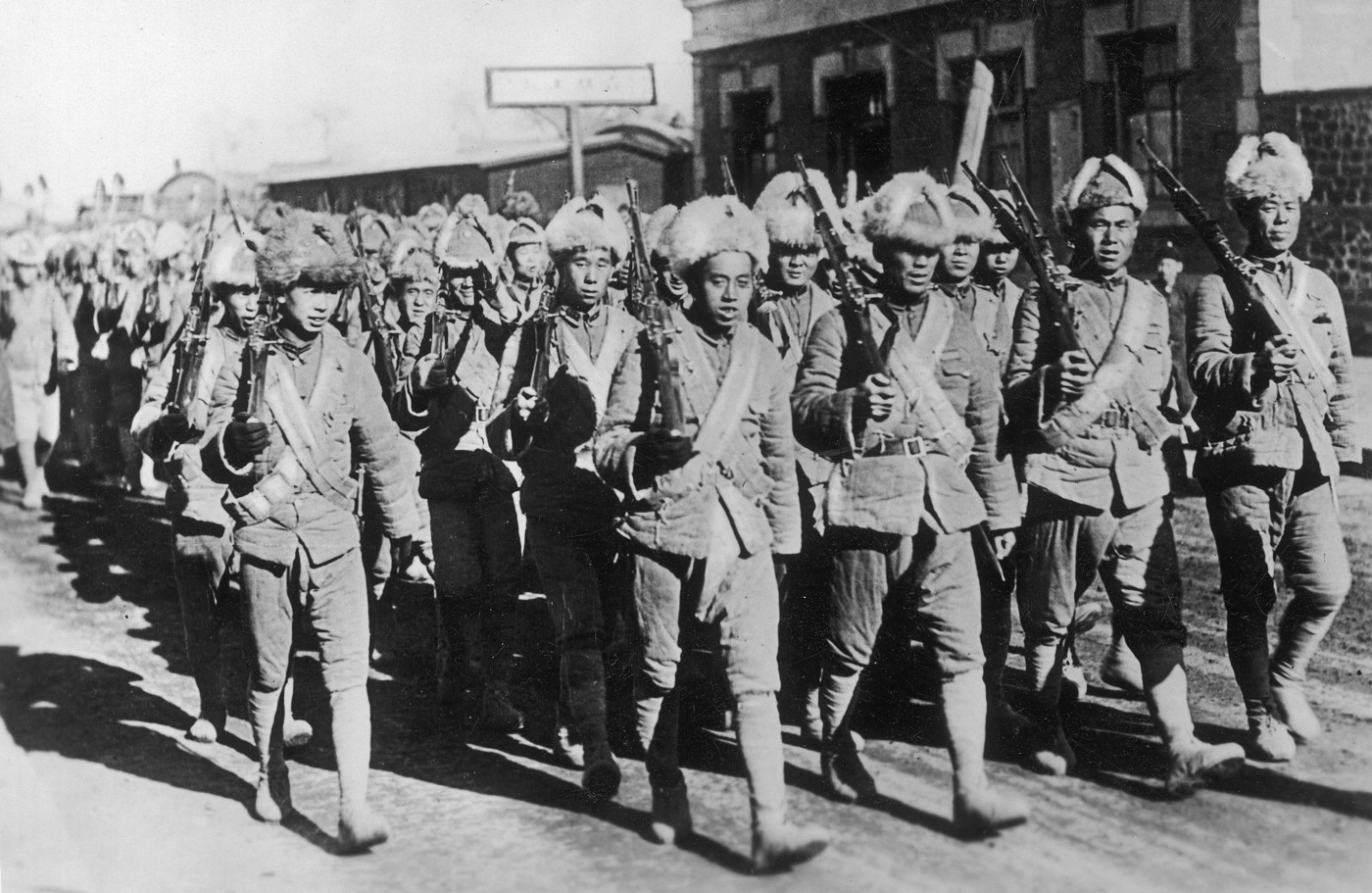
Naturally, I picked up some 7.62x54R ammo and fired a few rounds. Recoil was surprisingly mild, more of a push than a jolt, but the muzzle flash was massive. No telling how Khai coped with it, but I avoided flash-blindness by staying focused on the hooded front sight. It’s drift adjustable for windage and the post itself can be manipulated for elevation changes. Khai’s rifle, like all its arsenal mates from China, is a straightforward bolt action with a 90-degree throw that goes from three o’clock when cocked to 12 o’clock when rotated to unlock, extract and eject a fired cartridge case.
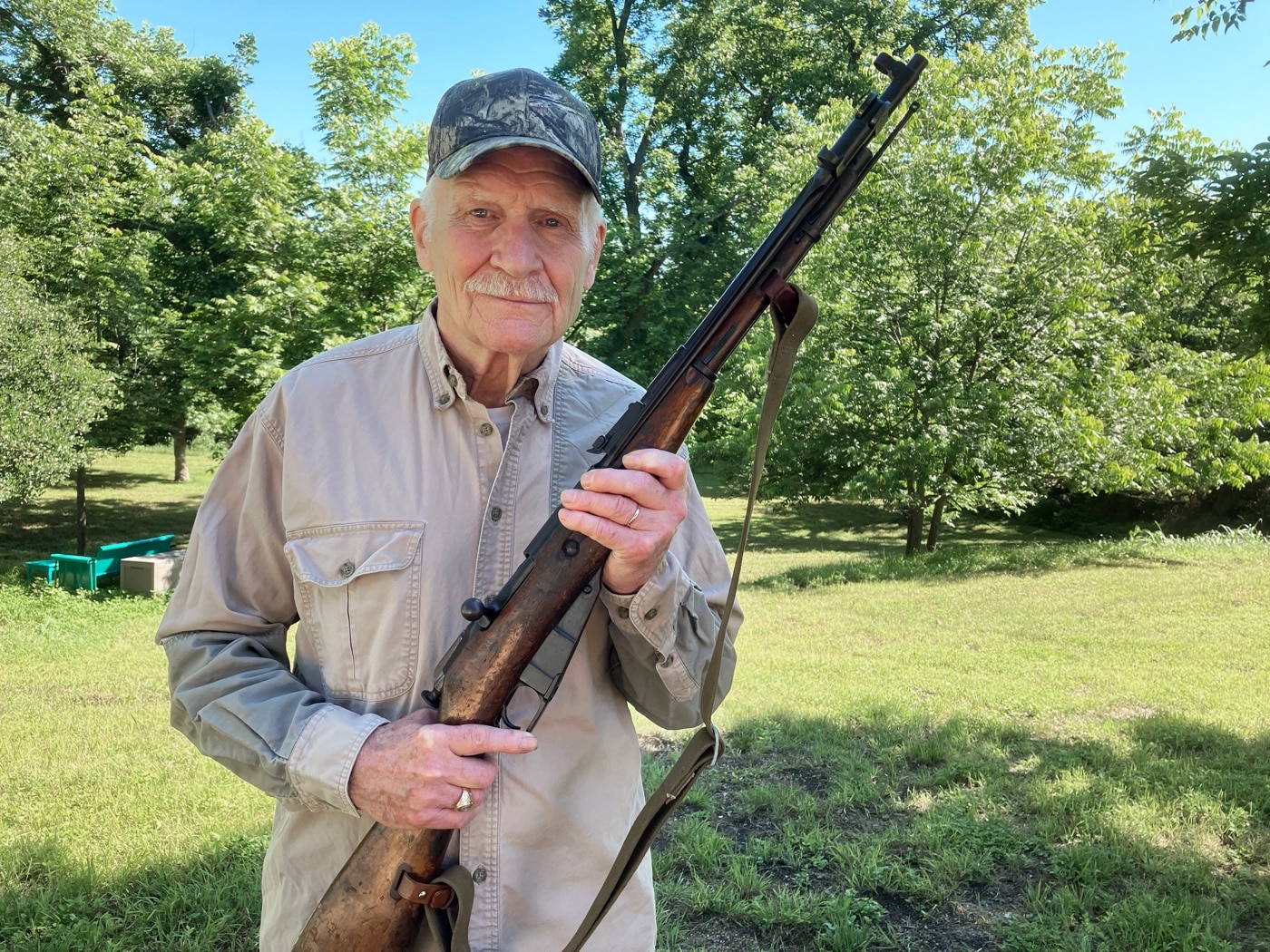
After all the years and rough handling in a harsh environment, that action is still butter-smooth. Had Khai decided to engage with his Type 53 rather than a rain-saturated grenade, he could have burned through five rounds in a hurry. But when I picked it up, the Type 53 was safetied. To place the weapon in that condition, he would have pulled back on the rear of the bolt and rotated it counterclockwise to rest on a little ledge. Had he decided to engage with small arms fire on that day in 1967, he would have pulled back on the rear of the bolt knob and rotated it back into the vertical position. Fortunately for me, he didn’t do that.
Conclusion
Khai’s Type 53 carbine rests quietly in my gun safe these days, only disturbed when I want to chase a few ghosts and take it to the range. I clean it thoroughly after firing it and imagine him doing the same many years ago. It gives new meaning for me to the old Rifleman’s Creed. “This is my rifle. There are many others like it, but this one is mine.” One of these days in honor of my old enemy, I’ll have that translated to Vietnamese.
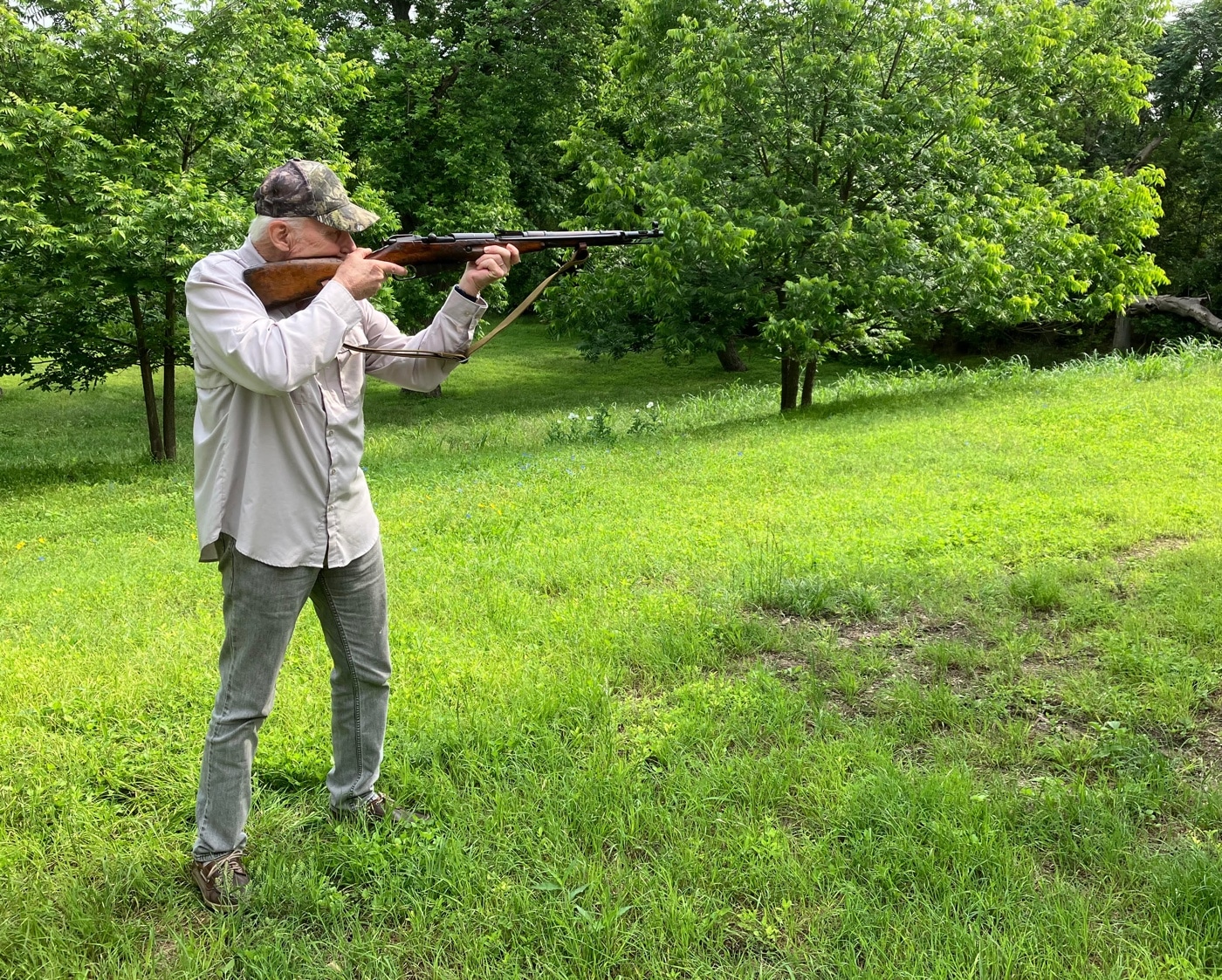
Note from author: A salute here before I go to Dr. Will Dabbs whose excellent article on a bring-back SKS on this site inspired me to write about Khai and his rifle.
Editor’s Note: Be sure to check out The Armory Life Forum, where you can comment about our daily articles, as well as just talk guns and gear. Click the “Go To Forum Thread” link below to jump in!
Read the full article here

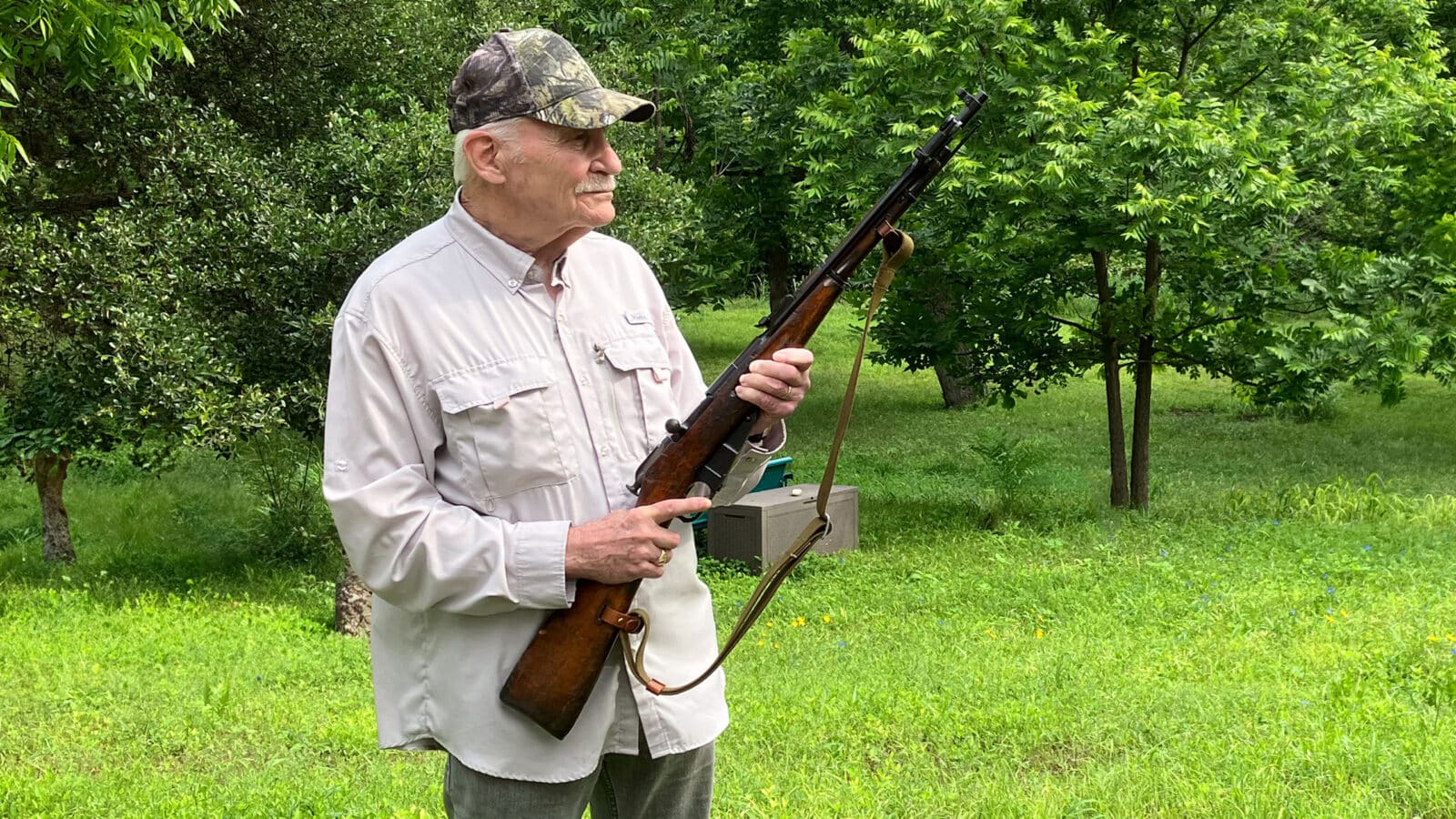

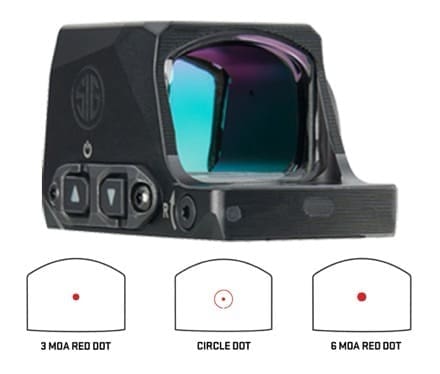


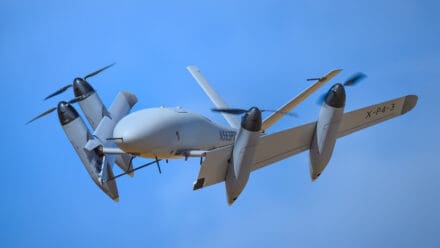
Leave a Reply